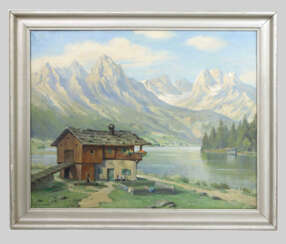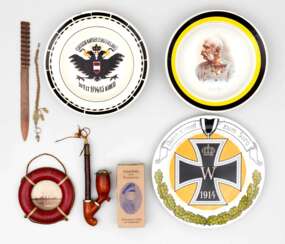621 Items by auctions and galleries:
rreißler
Viennese Silver Art Nouveau Cutlery Set for 12 People by Klinkosch in Cassette
Josef Carl von Klinkosch (1822 - 1888)  Shop city-antik
Shop city-antik
Josef Carl von Klinkosch
28.02.1822 - 08.06.1888
Josef Carl Ritter von Klinkosch was a well-known Viennese silversmith and purveyor to the court.

Shop
city-antik
Austria
Number of products: 116




































































